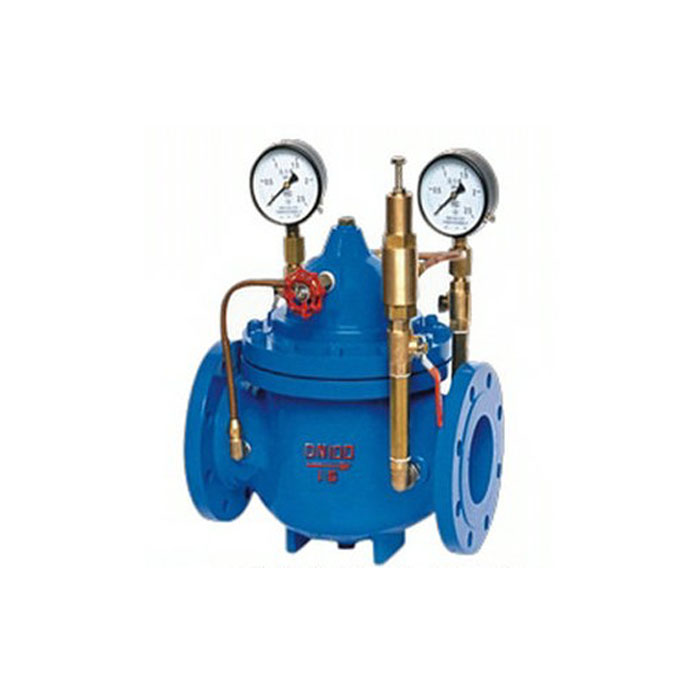exhaust butterfly valve
Understanding Exhaust Butterfly Valves
Exhaust butterfly valves play a critical role in various automotive and industrial applications, serving as essential components in controlling exhaust flow. These valves are designed to regulate the amount of exhaust gases that exit an engine, helping to optimize performance, reduce emissions, and improve fuel efficiency. This article will delve into the function, types, advantages, and applications of exhaust butterfly valves.
What is an Exhaust Butterfly Valve?
An exhaust butterfly valve is a type of valve used primarily in internal combustion engines to manage the flow of exhaust gases. The valve consists of a circular disc or plate that pivots around a shaft. When the valve is closed, the disc sits perpendicular to the flow of gases, effectively blocking it. When opened, the disc rotates to allow exhaust gases to pass through. This mechanism enables precise control over the exhaust flow, which can significantly impact the engine's performance.
Function and Operation
The primary function of an exhaust butterfly valve is to regulate exhaust flow based on engine operating conditions. In modern vehicles, these valves can be controlled electronically or mechanically. When the engine is under load, such as during acceleration, the valve can open wider to allow a larger volume of exhaust gases to escape, which helps maintain optimal engine performance and efficiency. Conversely, during idling or low-load conditions, the valve can close partially to restrict flow, thus improving back pressure and enhancing fuel combustion.
Types of Exhaust Butterfly Valves
There are several types of exhaust butterfly valves, each designed for specific applications
. The most common classified types are1. Mechanical Butterfly Valves These are controlled manually or via a cable link. They are often used in older vehicle models or simpler systems where electronic controls are unnecessary. 2. Electronic Butterfly Valves These valves use sensors and actuators to control the valve position. They provide more precise control and are commonly found in modern vehicles due to their integration with engine management systems.
3. Variable Geometry Turbocharger (VGT) Valves In turbocharged engines, VGT valves act as exhaust butterfly valves that adjust the flow of exhaust gases to enhance the turbocharger's efficiency. They improve throttle response and power delivery by managing back pressure effectively.
Advantages of Exhaust Butterfly Valves
exhaust butterfly valve

Exhaust butterfly valves offer several advantages that contribute to improved engine performance and emissions control. These include
1. Enhanced Performance By optimizing exhaust flow, these valves can improve engine responsiveness and power output. This is particularly important in high-performance vehicles where every bit of power matters.
2. Emissions Reduction By controlling exhaust flow, these valves help maintain optimal combustion conditions, which can significantly reduce harmful emissions. This is crucial for meeting stringent environmental regulations.
3. Improved Fuel Efficiency By preventing turbulence in the exhaust system and optimizing back pressure, exhaust butterfly valves can enhance fuel efficiency. This leads to better mileage and lower fuel consumption, benefiting both the driver and the environment.
4. Flexibility in Engine Management With electronic control, these valves can adapt to varying driving conditions, making it possible to achieve the desired balance between performance and efficiency.
Applications of Exhaust Butterfly Valves
Exhaust butterfly valves are widely used in various applications, including
- Automobiles Nearly all modern vehicles incorporate exhaust valves in their design to improve performance and emissions. - Industrial Machinery Heavy machinery often utilizes exhaust valves to manage exhaust flow and enhance efficiency. - Marine Engines In marine applications, these valves help manage the performance of engines operating under varying loads.
Conclusion
Exhaust butterfly valves are vital components in modern automotive and industrial engineering, playing an essential role in managing exhaust flow. Their ability to enhance engine performance, improve fuel efficiency, and reduce emissions makes them indispensable in today's push for cleaner, more efficient technologies. As engineering advancements continue, the significance of exhaust butterfly valves will likely grow, benefiting various applications across the board.
-
The Key to Fluid Control: Exploring the Advantages of Ball Valves in Industrial SystemsNewsJul.09,2025
-
The Versatile World of 1, 2, and 3 Piece Ball ValvesNewsJul.09,2025
-
Stainless Steel Ball Valves: The Ideal Choice for Efficient Flow ControlNewsJul.09,2025
-
Optimizing Fluid Control with Ball Float ValvesNewsJul.09,2025
-
Manual Gate Valves: Essential for Control and EfficiencyNewsJul.09,2025
-
Everything You Need to Know About Butterfly ValvesNewsJul.09,2025
-
The Versatility of Wafer Type Butterfly ValvesNewsJul.08,2025




